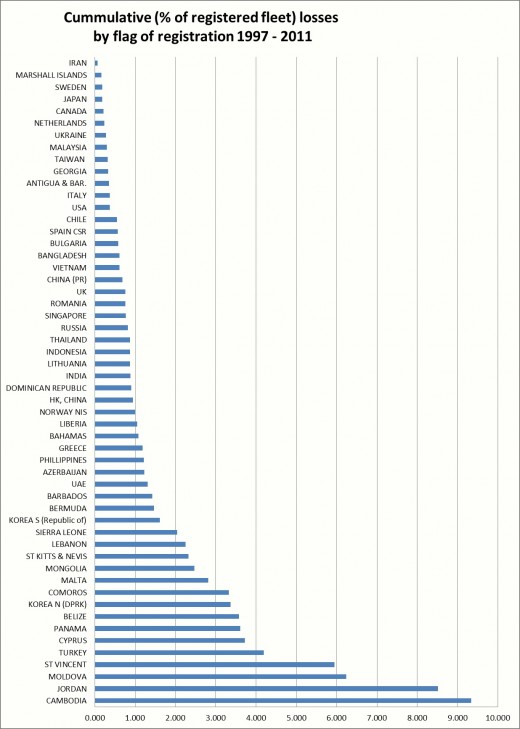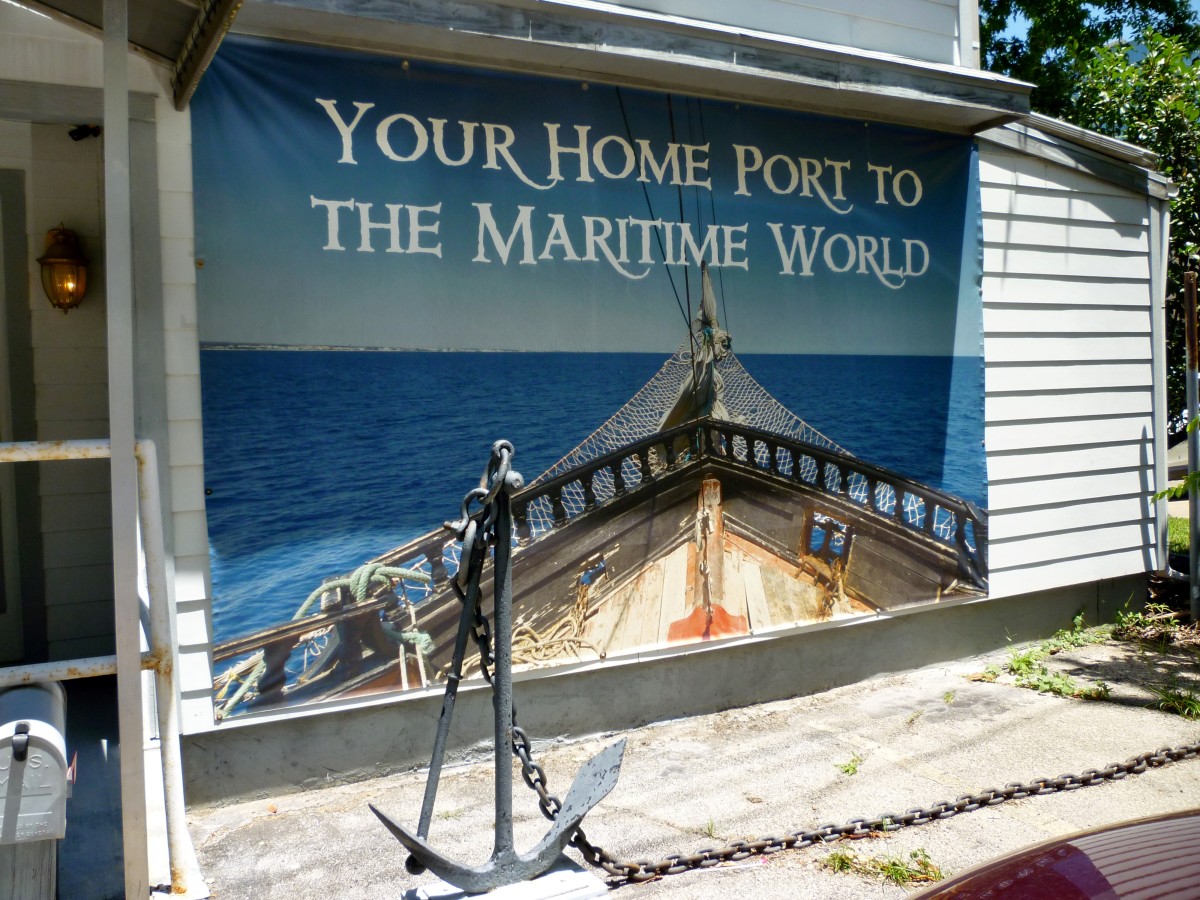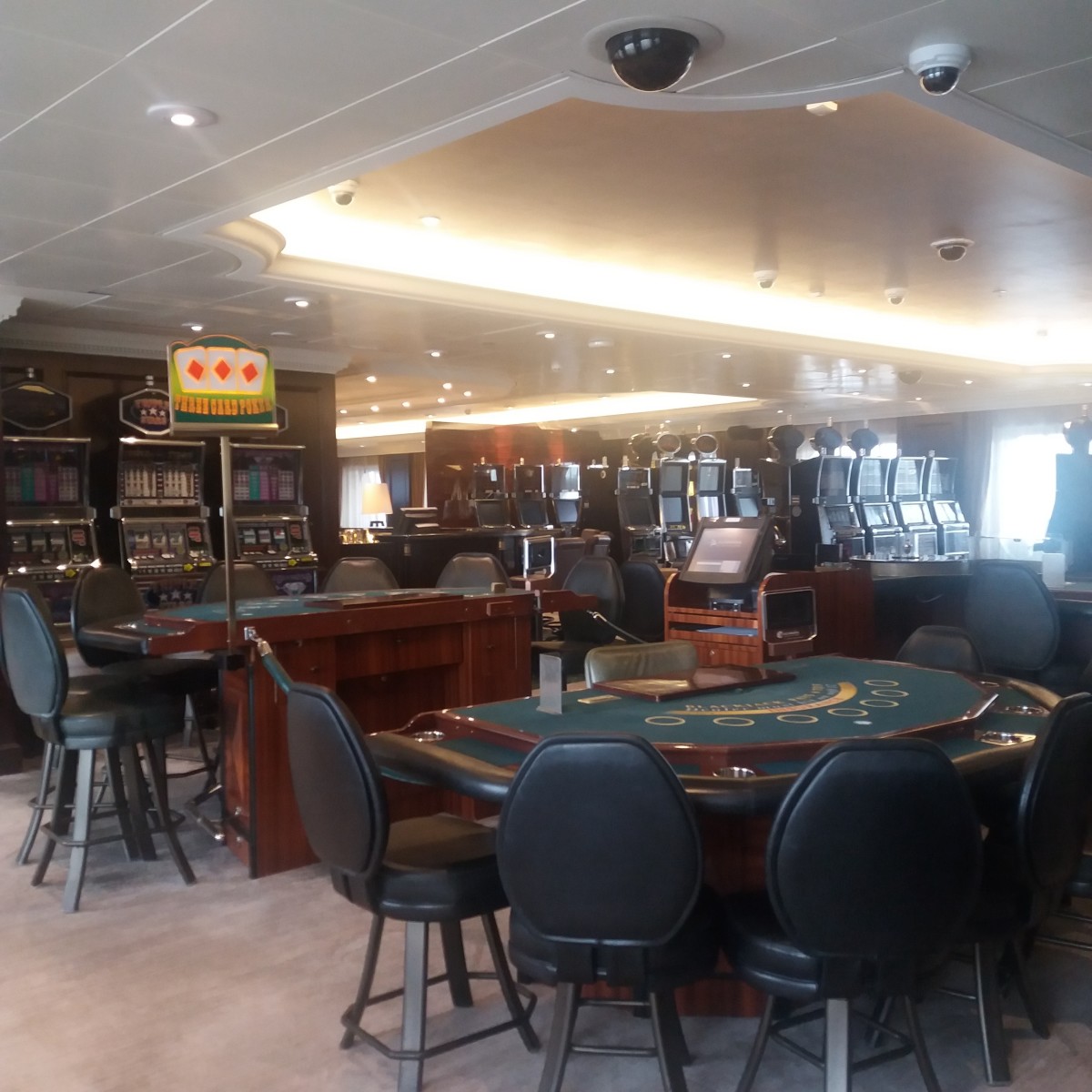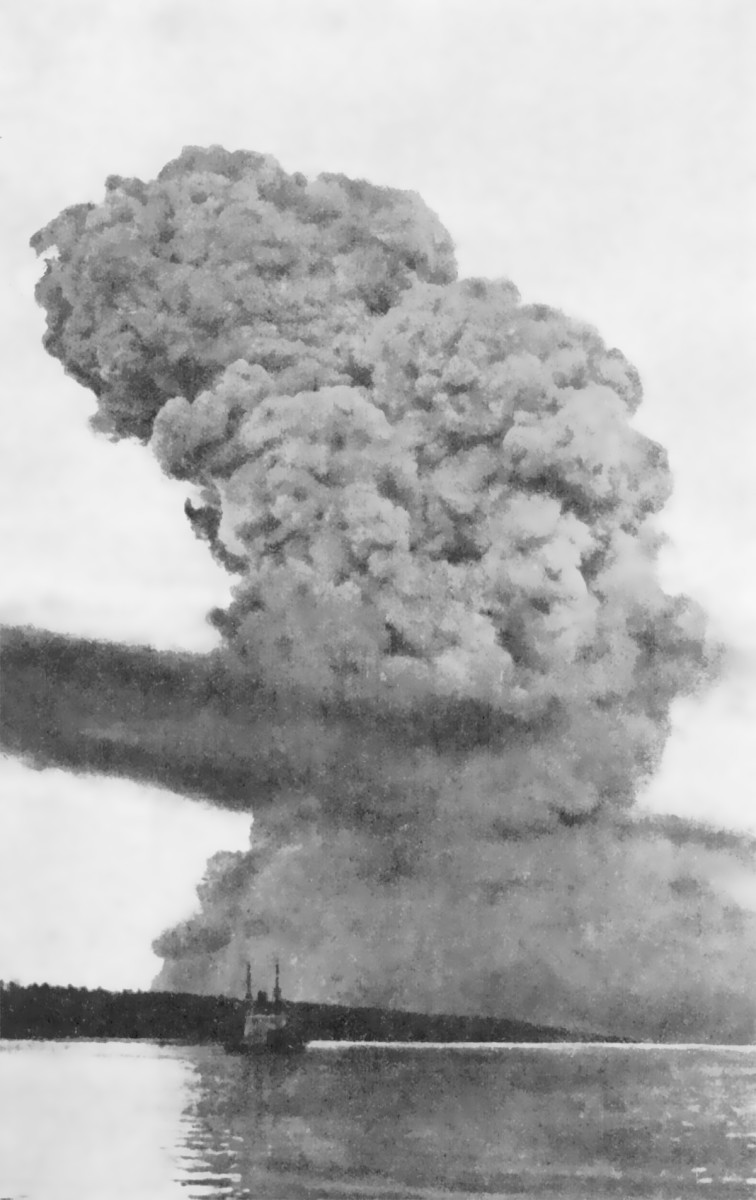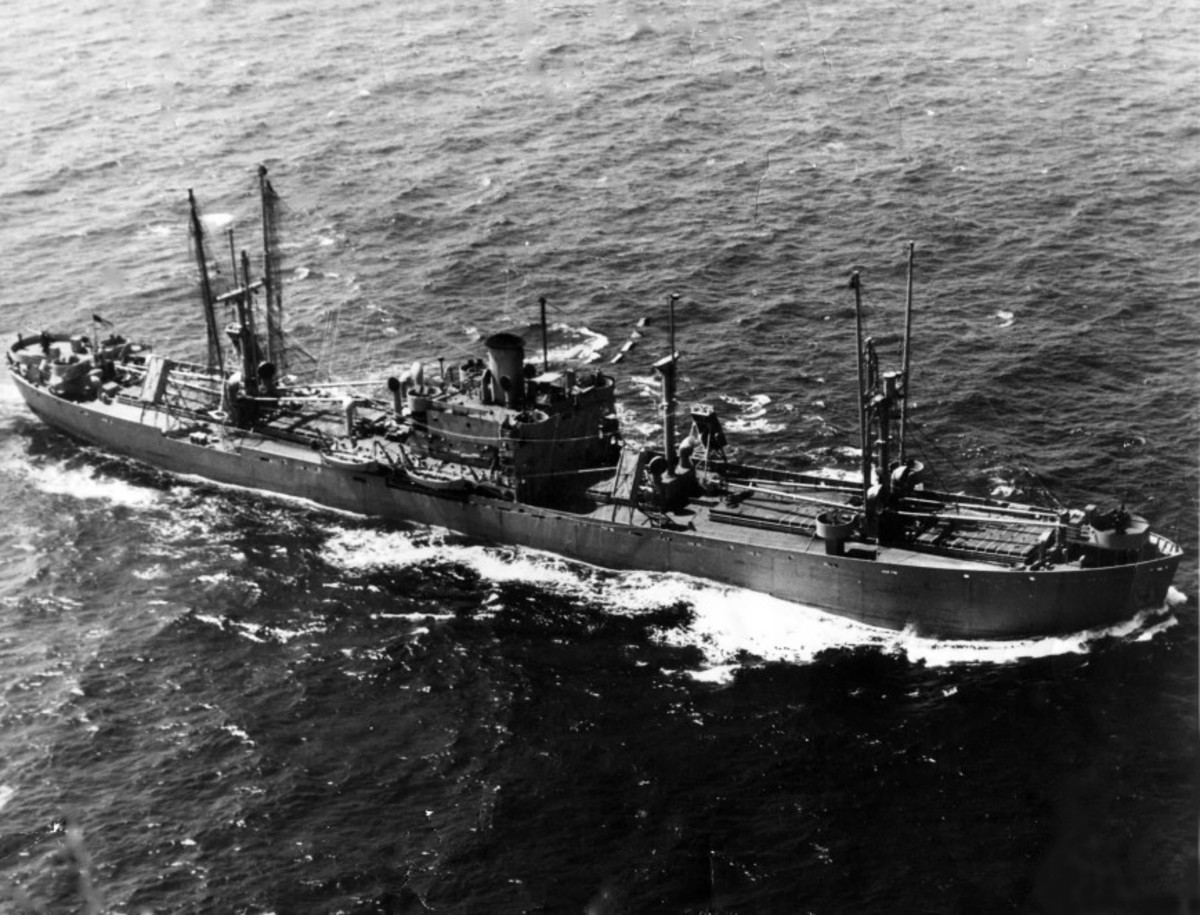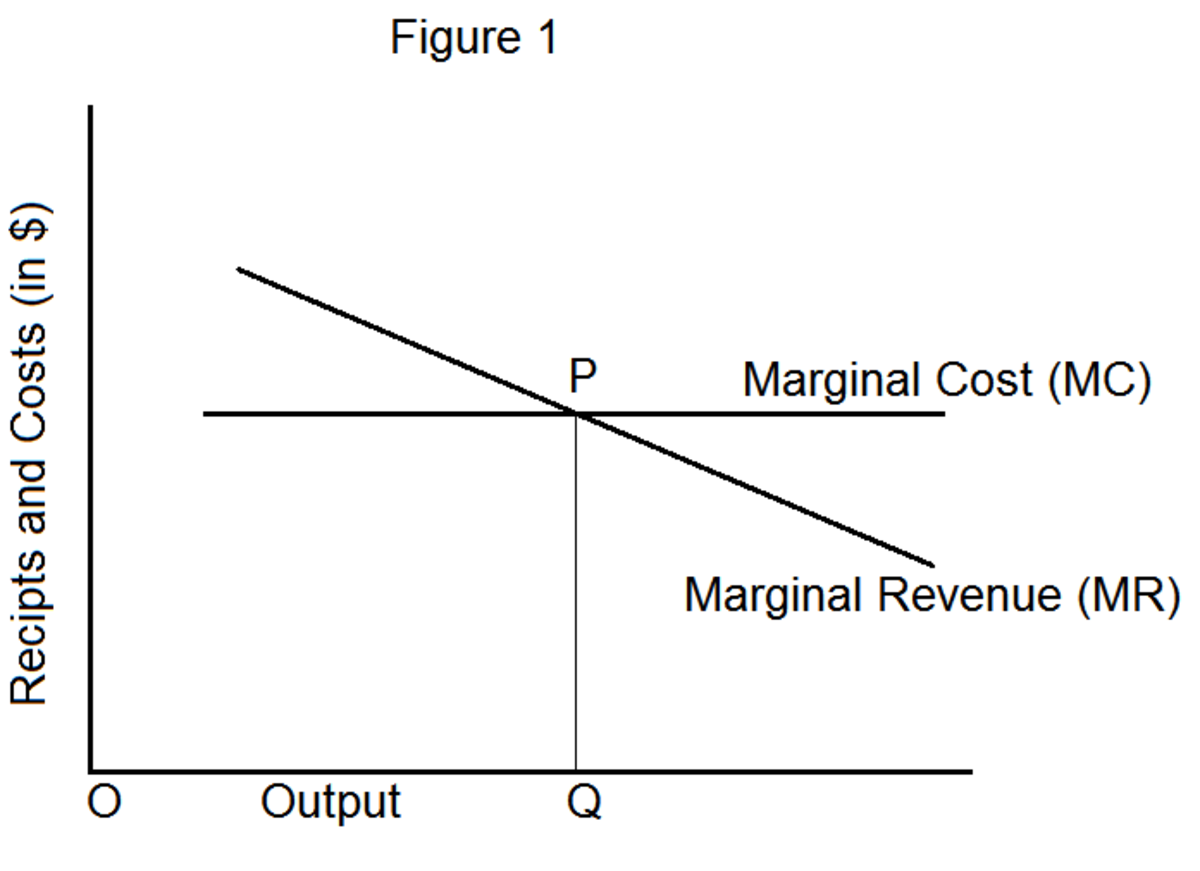Maritime Transport Accidents
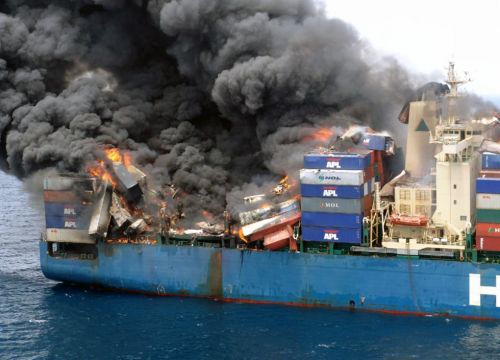
The main offices collecting accident data are the maritime accident investigation offices, which systematically receive all accidents by region of activity. The second actor in maritime accidents, attracted by the economic part, is mainly marine insurers. They look closely at the accident statistics and the causes of any incident, in order to assign risk factors for each type of vessel and each shipping line. As a UN specialized office in shipping statistics, The UNCTAD, which stands for United Nation Center for Trade and Development is the united nation body in charge of trade development contributes in large part to providing statistics and studying the impact of maritime accidents on international trade.
The study of accidents differs from one investigation office to another. They are categorized with respect to causal factors, type of ship, age of the vessel, geographical area, etc.
Maritime Accidents by Geographical Areas
Weather and maritime geographical distributions have a permanent dependency relationship. The geographical zones that are dangerous for navigation are mainly due to the weather, which is considered to be an aggravating factor, to which we can add the density of maritime traffic. By superimposing FIG. 9 which illustrates the regular maritime port-port lines to FIG. 10 on the statistics of maritime accidents by geographical location, it can be concluded that the greater the number of ships crossing and the more the waters are more confined, the large the number of accidents. We can notice a large number of accidents, for instance, in the Strait of Gibraltar and the neighboring areas of the North Maghreb, the Suez Canal and its access areas and especially the Channel and the North Sea for Western Europe.
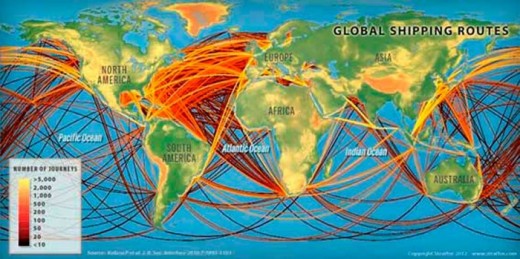
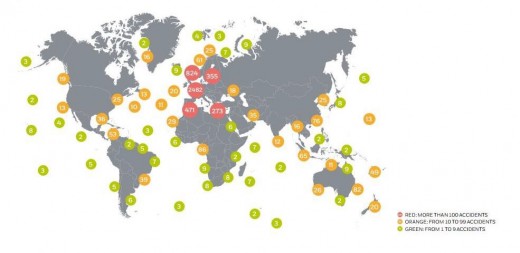
Accidents by type of ships
With regard to the type of goods to be transported, commercial vessels have different structures. Consequently, each structure has strong points and/or weak points depending on the navigation conditions. According to the statistics presented by the International Union of Marine Insurance (IUMI), bulk carriers are on average the ships most involved in very serious accidents, including the total losses of ships. The origin of the shipwrecks is mainly due to the corrosion and fragility of the structure, and this is due to the immensity of the holds to which we can add the shifting of the goods, causing the loss of stability.
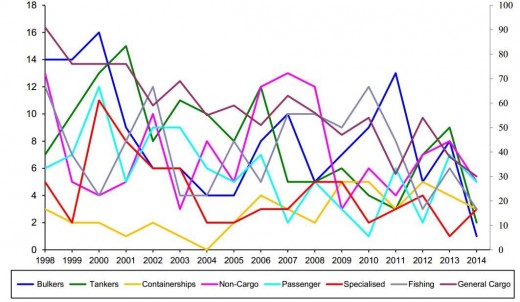
Bulk carriers are the most exposed to accidents according to the analyzed data.
Accidents by causes
Causes of accidents leading to serious damage and often causing total losses of ships are classified into six (6) categories: Weather conditions, grounding, fire / explosion, machinery damage, collision, and damage to the structure. This classification makes it possible to identify the last cause leading to the loss of the ship. However, the tree can combine several of its causes or other external causes, such as the human factor that occurs in more than 80% of accidents. The following figure illustrates the frequency of redundancy of these causes for the period 2000-2014, where the machine damage factor is predominant, despite the technological and regulatory progress recorded during the last decade.
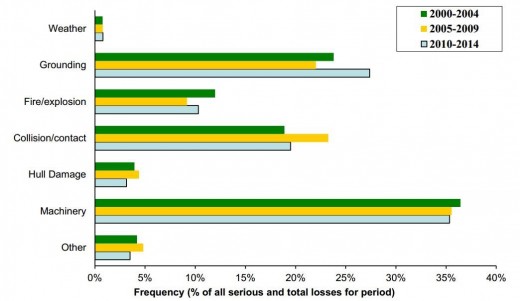
Maritime Accidents According to Ship Ages
The age of ships is a determining factor in the probability of occurrence of very serious accidents. In reality, this parameter is an index of the general technical condition of the ship under which several vulnerabilities are inscribed, such as advanced corrosion of areas that are difficult to inspect (bulk carriers, oil tankers, etc.), material fatigue, and probable deformation of the keel due to movement / load work, and condition of machinery and pipes.
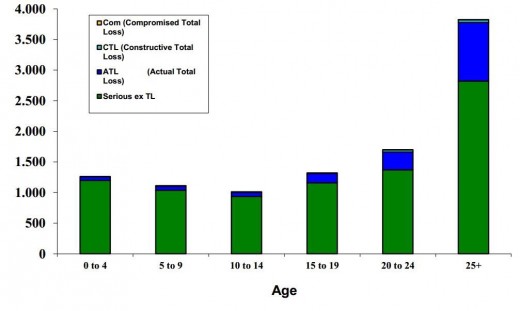
The figure clearly shows the high number of total losses and severe accidents for vessels over 25 years of age.
Accidents by flag of Ships
This angle of vision accidentally informs us about the commitment of the flag States in the application of the safety regulations and standards and the follow-up of their ships under respective jurisdiction.
With the creation of flags of convenience and the economic registration of vessels in the Open Register system, new practices have been introduced to reduce the operating costs of vessels and the investment in safety equipment. This has been notified concerning shipowners registering their vessels outside their flag States on one side and the lack of rigor and/or non-commitment of certain States, on the other hand. The figure below clearly shows that the losses by flag States are important for open-label flags, from 1997 to 2011.
